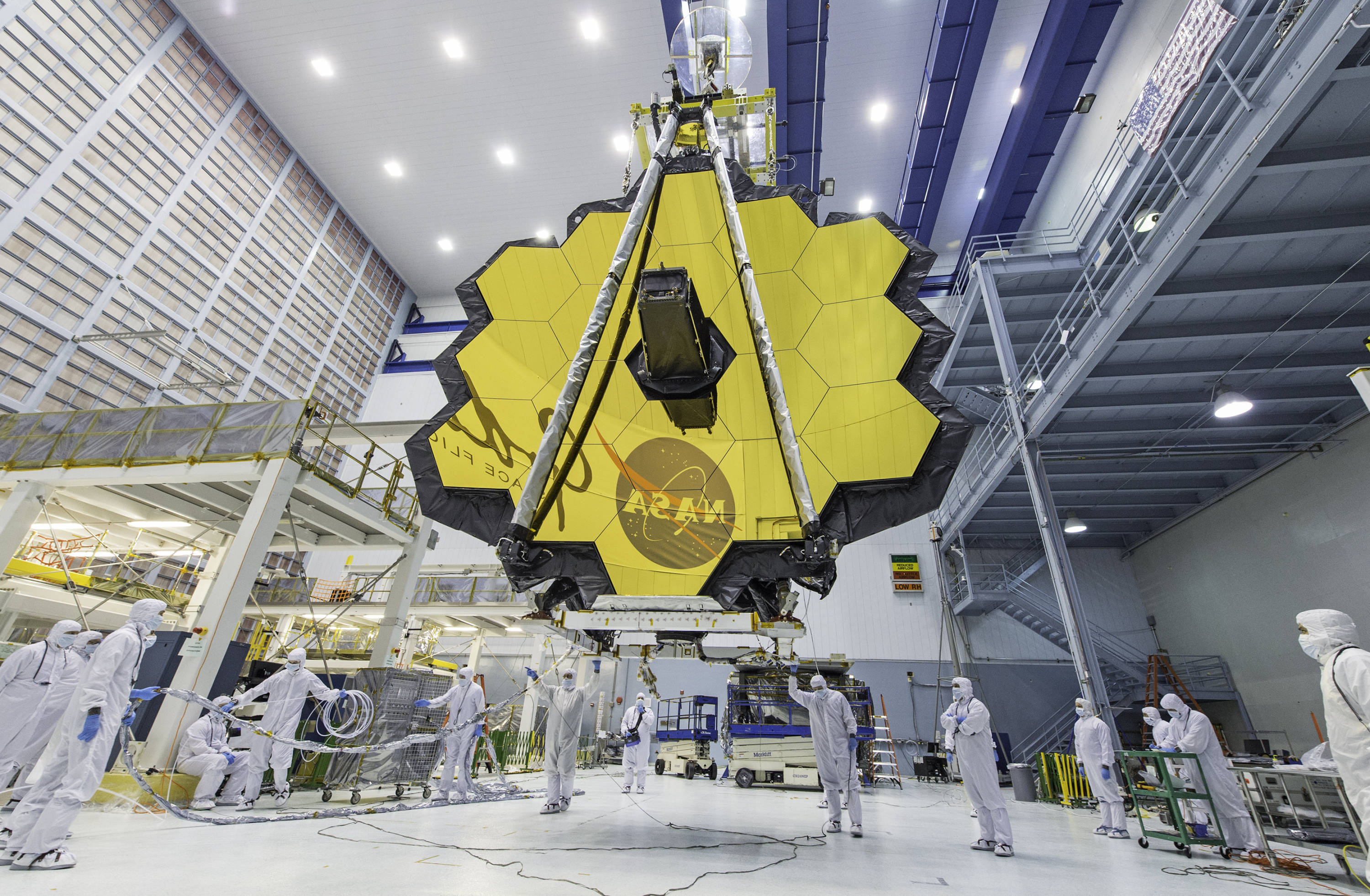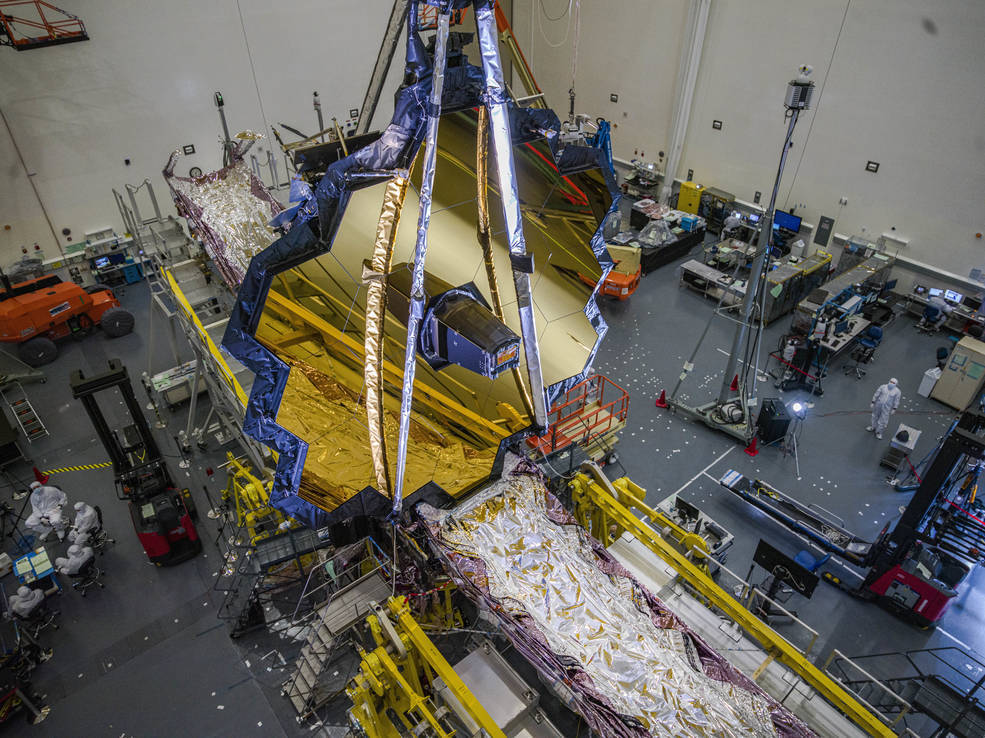The James Webb Telescope discovers its first exoplanet: it is 10 times lighter than those previously detected.

The James Webb Space Telescope (JWST) has been able to better study known exoplanets since its launch in 2022. Now, thanks to research led by scientists from the French National Center for Scientific Research (CNRS) at the Observatoire de Paris, associated with the Université Grenoble Alpes, the telescope has recently captured a direct image of a previously unknown exoplanet .
This discovery, which was published in the journal Nature , is a first for the telescope, and was achieved using a French-made coronagraph installed on the JWST's MIRI instrument.
Exoplanets are key targets of observational astronomy, as they help us better understand how planetary systems, including our own, form.
Although thousands of them have been detected indirectly, imaging exoplanets represents a real challenge. They are less bright and, as seen from Earth, are located very close to their star; their signal, drowned out by it, is not strong enough to be visible.
To solve this problem, scientists developed a telescopic accessory for JWST's MIRI instrument: a coronagraph. This can reproduce the effect observed during an eclipse: masking the star makes it easier to observe the surrounding objects without being hidden by its light . It is this technique that has allowed the research team to discover a new exoplanet, the first for JWST, located within a disk of rocky debris and dust.

Image from the James Webb Space Telescope. Photo: NASA
Scientists have focused on the most promising observation targets: systems a few million years old that can be observed 'at the pole,' allowing the disks to be seen 'from above.'
Newly formed planets in these disks are still warm, making them brighter than their older counterparts. In principle, low-mass planets are easier to detect in the thermal mid-infrared range , for which the JWST has provided a unique observation window.
Among the disks seen from the front, two particularly caught the researchers' attention, as previous observations revealed concentric ring-like structures within them.
Scientists previously suspected that these structures were the result of gravitational interaction between planets and unidentified planetesimals (solid objects that are considered the building blocks of planets).
One of the two systems, called TWA 7 , features three distinct rings, one of which is particularly narrow and surrounded by two empty regions with almost no matter. The JWST image revealed a source at the heart of this narrow ring.
After eliminating the possibility of observational bias, scientists concluded that it was most likely an exoplanet. Indeed, detailed simulations confirmed the formation of a thin ring and a "hole" in the exact position of the planet, which corresponds perfectly with observations made with the JWST.
Named TWA 7 b, this new exoplanet is ten times lighter than those previously imaged. Its mass is comparable to that of Saturn, which is approximately 30% that of Jupiter, the most massive planet in the Solar System.

NASA's James Webb Space Telescope in the Northrop Grumman clean room. Photo: NASA/Chris Gunn
This result marks a new step in the research and direct imaging of increasingly smaller exoplanets, more similar to Earth than to the gas giants of the Solar System.
JWST has the potential to go even further in the future. Scientists hope to capture images of planets with just 10% of Jupiter's mass.
This discovery highlights the importance of future generations of space- and ground-based telescopes designed to search for exoplanets, especially with the help of more advanced coronagraphs. The most promising systems for these future observations are already being identified.
See also 
Planets. Photo:
eltiempo


